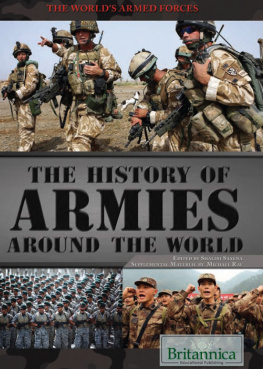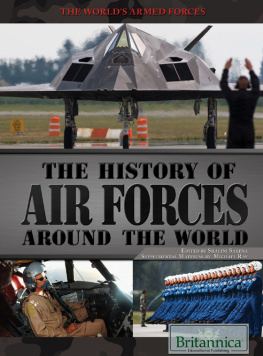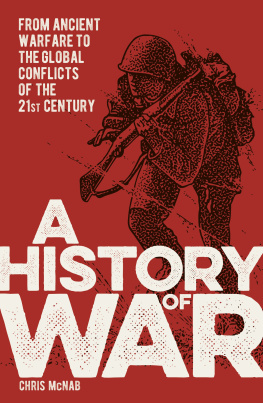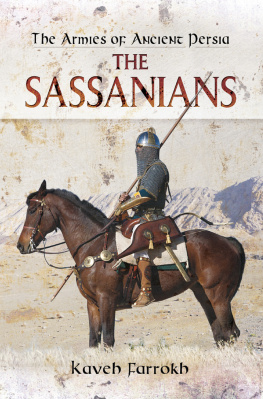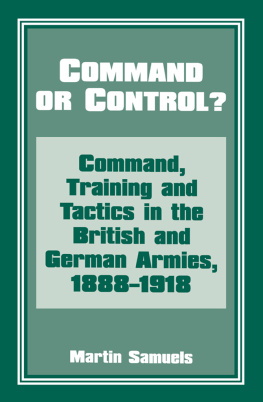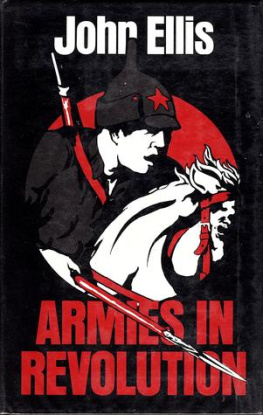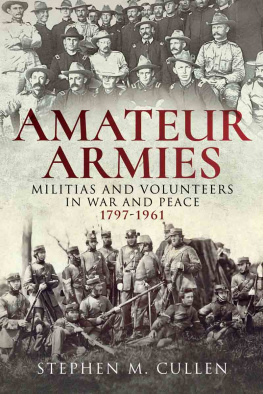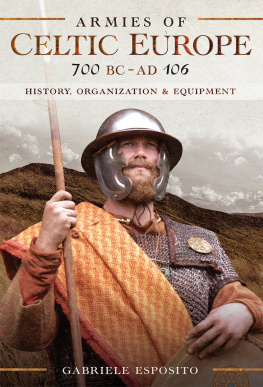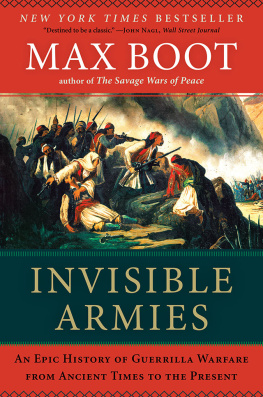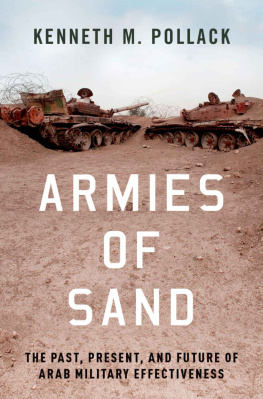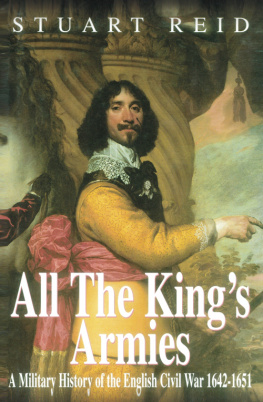

Published in 2014 by Britannica Educational Publishing (a trademark of Encyclopdia Britannica, Inc.) in association with The Rosen Publishing Group, Inc.
29 East 21st Street, New York, NY 10010
Copyright 2014 The Rosen Publishing Group, Inc. and Encyclopdia Britannica, Inc. Encyclopaedia Britannica, Britannica, and the Thistle logo are registered trademarks of Encyclopdia Britannica, Inc.
All rights reserved.
Distributed exclusively by Rosen Publishing.
To see additional Britannica Educational Publishing titles, go to rosenpublishing.com.
First Edition
Britannica Educational Publishing
J.E. Luebering: Director, Core Reference Group
Anthony L. Green: Editor, Compton's by Britannica
Rosen Publishing
Hope Lourie Killcoyne: Executive Editor
Shalini Saxena: Editor
Nelson S: Art Director
Nelson S: Designer
Cindy Reiman: Photography Manager
Introduction by Shalini Saxena
Cataloging-in-Publication Data
Saxena, Shalini.
The history of armies around the world/Shalini Saxena; supplementary material by Michael Ray.First edition.
pages cm.(The worlds armed forces)
In association with Britannica Educational Publishing, Rosen Educational Services.
Includes bibliographical references and index.
ISBN 978-1-62275-140-2 (eBook)
1. ArmiesHistory. 2. Military history. I. Title.
UA15.S29 2014
355.009dc23
2013022938
On the cover, p. 3: (Top) Paratroopers of the British Army conducting strike operations in Afghanistan. Marco Di Lauro/Getty Images. (Bottom left) Special forces of the Iranian Army marching during a parade in Tehran. Behrouz Mehri/AFP/Getty Images. (Bottom right) Recruits of the Peoples Liberation Army of China marching. TPG/Getty Images.
CONTENTS
The 19th Century
The Persian Gulf War

Ancient Greek armor from Magna Graecia exhibited at the Metropolitan Museum of Art. A bronze helmet, cuirass (body armor), and two bronze shin guards can be seen on display alongside horse armor. Universal Images Group/Getty Images
A rmieslarge organized forces armed and trained for war, especially on landhave existed in one form or another for millennia. Armies have been made up of professionals or amateurs, of mercenaries fighting for pay or for plunder, or of patriots fighting for a cause. Today, most countries have a standing army that is often the largest and oldest branch of the military. The following pages chronicle the development of armies around the world, examining how they have become the formidable forces they are today.
At various times armies have been built around infantry soldiers or mounted warriors or men in machines. More than 5,000 years ago, in the wars between civilizations of the Middle East, foot soldiers were the main combatants. This changed during the Middle Ages, when soldiers were mainly mounted warriors. Nearly all the great armies of the period were dominated by cavalry, including the Christian knights of Europe, the armies of Islam, and the hordes of Mongol warriors from East Asia.
The resurgence of the foot soldier came with the introduction of gunpowder into warfare, one of the most decisive changes to warfare and to the organization of armies. The difference gunpowder made may be best summed up in the word distance. Prior to the appearance of gunpowder, land battles were mostly hand-to-hand combat. Whether soldiers were on foot, on horseback, or in chariots, the weapons were much the same, and battles were fought as close encounters. Gunpowder made it possible to kill an enemy hundreds of feet away.
Bombs, a natural outgrowth of gunpowder, and nuclear weapons also revolutionized warfare, changing the nature of many army operations. While foot soldiers are still the main combatants in most wars, modern infantrymen are supported by aircraft, artillery, tanks, and all the complexities of modern communication systems. Modern warfarewith its land, air, and sea componentshas greatly enlarged the field of operations beyond a single battlefield, as evident in the wars of the 21st century.
As militaries have become more inclusive of women and gays in service, armies have become increasingly diverse in composition. New weapons and technologies have revolutionized battle tactics and the nature of war. Yet even as military policies, technologies, weapons, and strategies continue to evolve, armies remain an enduring and crucial part of armed forces around the world.
A n army is an organized, land-based military fighting unit. From the ancient world to modern times, the organization and composition of armies have varied considerably.
The earliest armies consisted of warriors in horse-drawn chariots; infantryarmed foot soldiers; and cavalryarmed soldiers on horseback. These units were sometimes accompanied by engineers who operated siege weapons and by supply trains to feed and outfit the fighters.
With the introduction of cannons in the 15th century, artillery units were added to the combat sections of armies. In the 19th and 20th centuries, as a result of great advances in technology, other units were added: signal troops, engineer corps for building bridges and entrenchments, medical units, administrative troops, mechanized units to replace cavalry, transportation and communication units, and explosives and munitions experts. The number of such backup or support units has tended to increase as warfare has become more sophisticated.
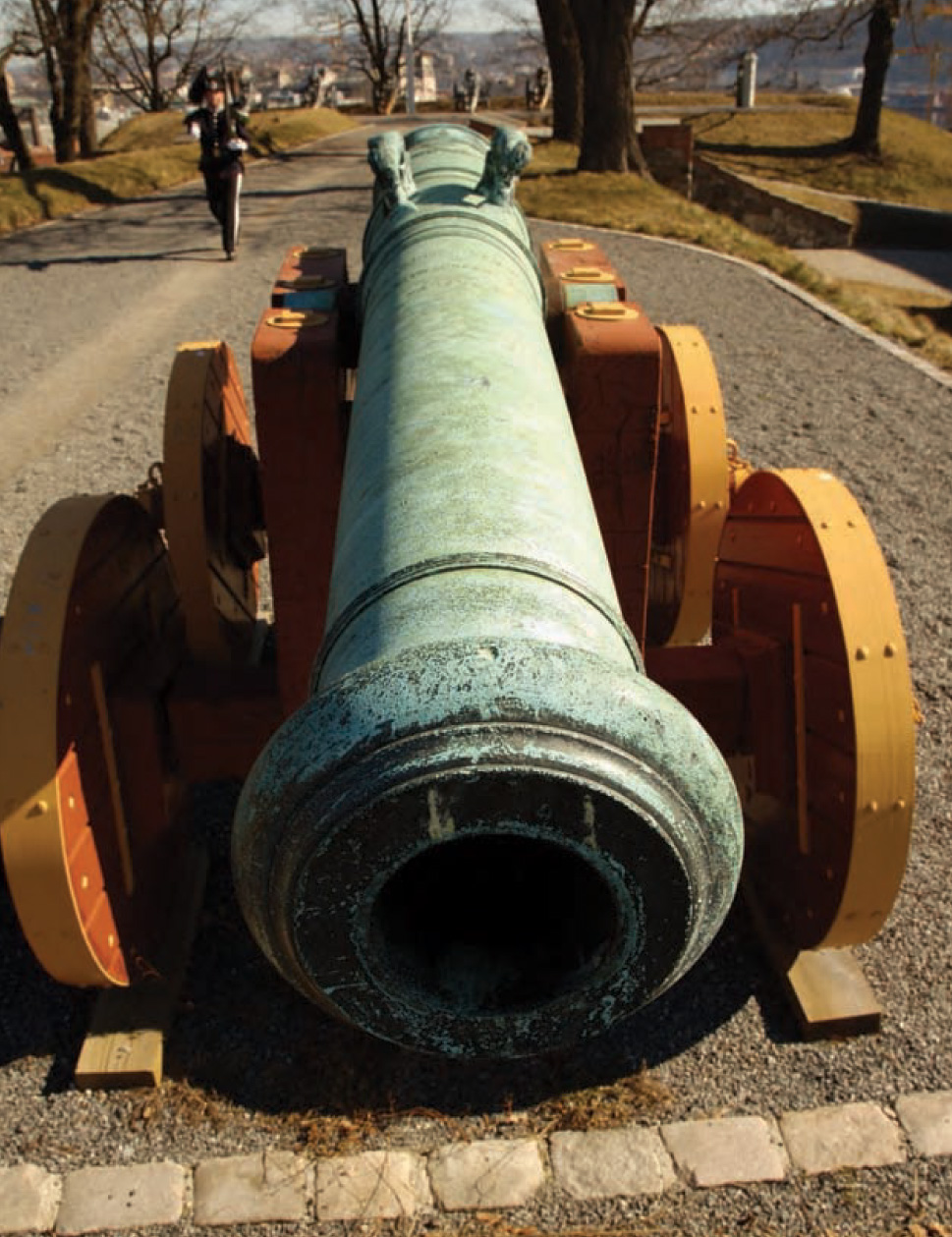
A 15th-century cannon. Ingvar Tjostheim/Shutterstock.com
Conscription is the compulsory enrollment for service in a countrys armed forces. It has existed at least since the Egyptian Old Kingdom in the 27th century BCE. It usually takes the form of selective service rather than universal conscription. (The latter generally refers to compulsory military service by all able-bodied men between certain ages, though a few countriesnotably Israelhave also drafted women.) In the 19th century Prussias system of building up a large standing army through conscription became the model for competing European powers. During the American Civil War both the federal government and the Confederacy instituted a draft, but the U.S. did not use it again until entering World War I in 1917. Like the U.S., Britain abandoned conscription at the end of World War I but reverted to it when World War II threatened. Britain retained the draft until 1960. In the United States, although peacetime conscription on a selective basis was ended in 1973 as part of a program to establish an all-volunteer military service, registration for a future draft if needed was reinstituted in 1980.
Recruitment for armies takes different forms. Soldiers may be volunteers, conscripts, or mercenaries. Volunteers fight willingly, usually for a cause or country. Conscripts are drafted by their country to serve in its armed forces. Mercenaries serve for pay. They are not necessarily citizens of the country they fight for.
The command structure of armies has undergone considerable change in the course of centuries. The earliest armies followed a single leader, either a tribal chief or king. As nations grew in size and armies became larger, it was necessary to divide command among officers, of whom generals were the highest rank. Officers, some of whom were professional soldiers, normally came from the wealthiest class in a society. They alone had the money to pay soldiers, buy weapons, and supply horses for war.

